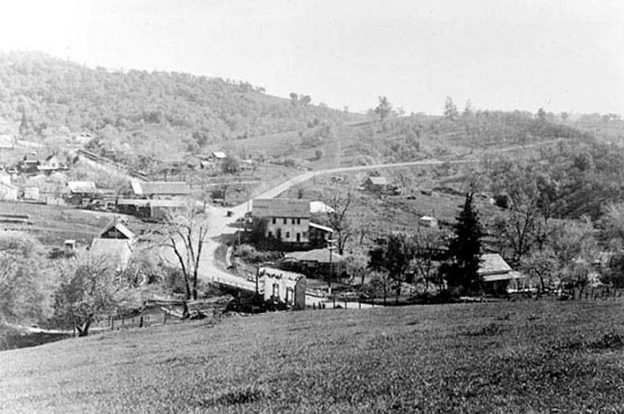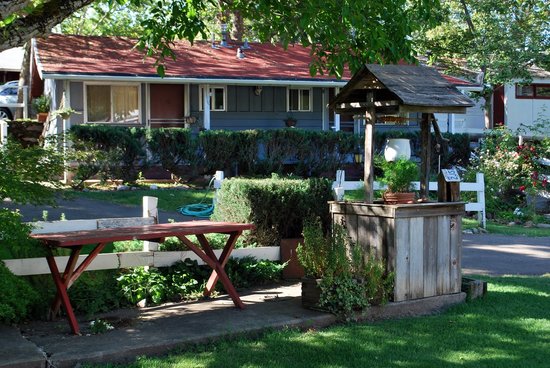Drytown
As Amador County’s oldest community, and the place in which gold was first discovered, about 200 people today call Drytown home. On the barely quarter-mile stretch of Highway 49 where Drytown sits, there is one saloon (as opposed to the 26 that inhabited it during the Gold Rush days), a family run diner and motor lodge nestled on the creek, general store, and antique shop. A handful of homes are set back in the steep hills and curvy country roads surrounding the town.
Did you know?
Although Drytown is home to fewer than 200 people today, at its peak as a mining town it boasted a population of 10,000. The fire of 1857 was the end of Drytown as a mining town. The gold was already showing signs of being played out and when the fire destroyed most of the town, it never recovered. The buildings were not rebuilt as most packed up their belongings and headed for richer diggings.


